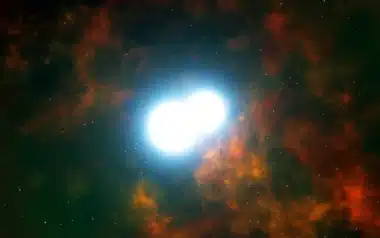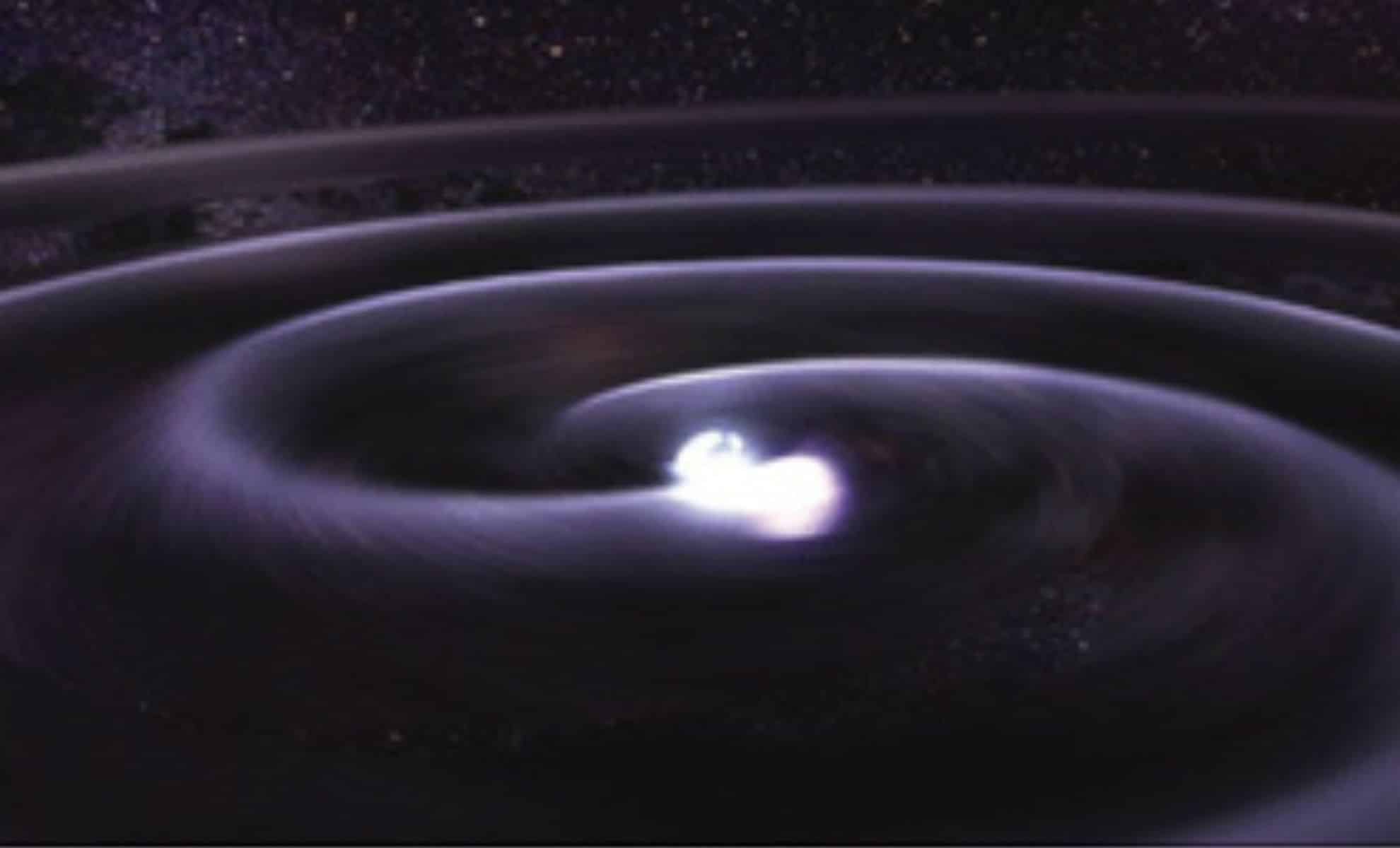A star that appeared in the sky 840 years ago and then disappeared has recently shown new activity, providing astronomers with valuable information about stellar phenomena.
This “guest star,” whose presence was reported in historical documents from Japan and other parts of Asia in 1181, was rediscovered in 2021. New research is now revealing the star’s unique characteristics and the processes behind its resurgence.
Historical documents and rediscovery
In 1181, a bright new star appeared in the constellation Cassiopeia. Known as the “guest star,” this object remained visible for about 180 days before disappearing. It has been described in documents from the Genpei War period in Japan, as well as in Chinese and Korean historical records.
The brightness of the star was comparable to that of Saturn At its peak, a notable phenomenon recorded during a tumultuous period marked by the establishment of the shogunate in Japan. Despite its importance, the exact location and nature of the star remained a mystery for centuries until astronomers pinpointed its position in 2021, relying on both historical accounts and modern observational techniques.
“There are many accounts of this temporary guest star in historical records from Japan, China and Korea. At its peak, the star’s brightness was comparable to that of Saturn. It remained visible to the naked eye for about 180 days before gradually fading away,” says Takatoshi Ko, a doctoral student in the Department of Astronomy at the University of Tokyo. The discovery not only provided a fascinating link between ancient observations and contemporary science, but also paved the way for new research into the star’s origins and characteristics.
A rare type of supernova
The guest star, now known as Supernova Remnant (SNR) 1181is the result of a collision between two white dwarfs. This type of supernova, classified as type Iax, is relatively rare and involves the merger of two dense stars about the size of Earth. Unlike conventional supernovae that annihilate the colliding stars, this event left behind a single, rapidly rotating white dwarf.

The discovery of SNR 1181 The researchers were able to study the remains of this supernova and understand the unusual consequences of such stellar collisions. “A white dwarf is the exposed core of a star like the Sun that has reached the end of its life. The collision should have annihilated both, transforming everything into energy, but instead it gave birth to a new, peculiar white dwarf, rotating very quickly on its axis,” the study explains.

This discovery is crucial for astronomers because it challenges the conventional understanding of supernova mechanics and the fate of white dwarfs. By examining the remains of SNR 1181Scientists can collect valuable data on the physical processes that occur during and after these rare stellar events.
Recent observations and stellar winds
New observations have revealed that high-speed stellar winds began blowing from the surface of the white dwarf remnant within the last 20 to 30 years. This was unexpected, as stellar winds were not observed immediately after the supernova event. “If the wind had started blowing immediately after SNR 1181 “We were unable to reproduce the observed size of the internal shock region,” Ko said. “However, by treating the wind onset time as a variable, we were able to explain all the observed features of SNR 1181 with precision and unraveling the mysterious properties of this high-speed wind.”
Computer simulations suggest that materials falling on the white dwarf The temperature and density of the white dwarf may have increased, triggering the renewed stellar winds. These results were confirmed by numerical calculations that followed the temporal evolution of the shock regions around the white dwarf. This recent activity indicates that the white dwarf may be experiencing a resurgence due to the accumulation of material on its surface, which restarts the nuclear burning processes that produce the observed stellar winds.
Interdisciplinary research and prospective studies
The combination of historical records and modern astronomical techniques has played a decisive role in understanding SNR 1181“The ability to determine the age of supernova remnants or their brightness at the time of their explosion through archaeological insights is a rare and invaluable asset for modern astronomy,” Ko said. This interdisciplinary approach highlights the potential of combining diverse fields to uncover new dimensions of astronomical phenomena. By integrating historical documentation with advanced observational data, researchers can reconstruct the life cycles of stars and their remnants with unprecedented detail.
The research team plans to conduct further observations of SNR 1181 using the Very large area network (VLA) radio telescope in New Mexico and the 8.2 meter class Subaru Telescope in HawaiiThese additional studies aim to validate their computer model and better understand the behavior of the white dwarf and its stellar winds. By continuing to monitor SNR 1181, the scientists hope to confirm their hypotheses about recent stellar wind activity and better understand the mechanisms behind these processes.
Consequences for stellar evolution
Results related to SNR 1181 The researchers provide valuable insights into the diversity of supernova explosions and the evolution of white dwarfs. The study demonstrates how historical documentation, combined with cutting-edge technology, can lead to important discoveries in astronomy.
Understanding the behavior of SNR 1181 and similar objects can shed light on the complex processes that govern the life cycles of stars and the dynamics of stellar remnants in our galaxy. This knowledge has broader implications for astrophysics, including the study of supernovae, stellar evolution, and the conditions that lead to the formation of exotic stellar objects.
As researchers continue to explore the mysteries of SNR 1181They contribute to a better understanding of the universe and the forces that shape it. The ongoing study of this unique supernova remnant promises to reveal more about the interplay between stellar physics and the historical observations that have guided astronomers for centuries.
